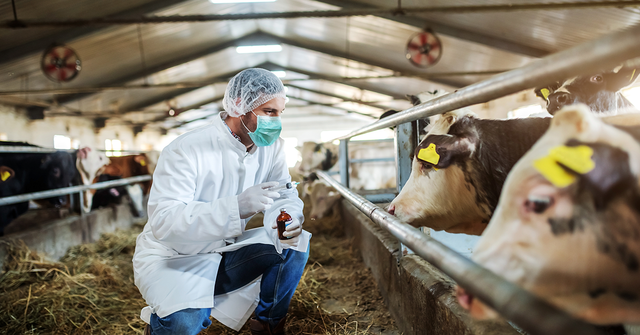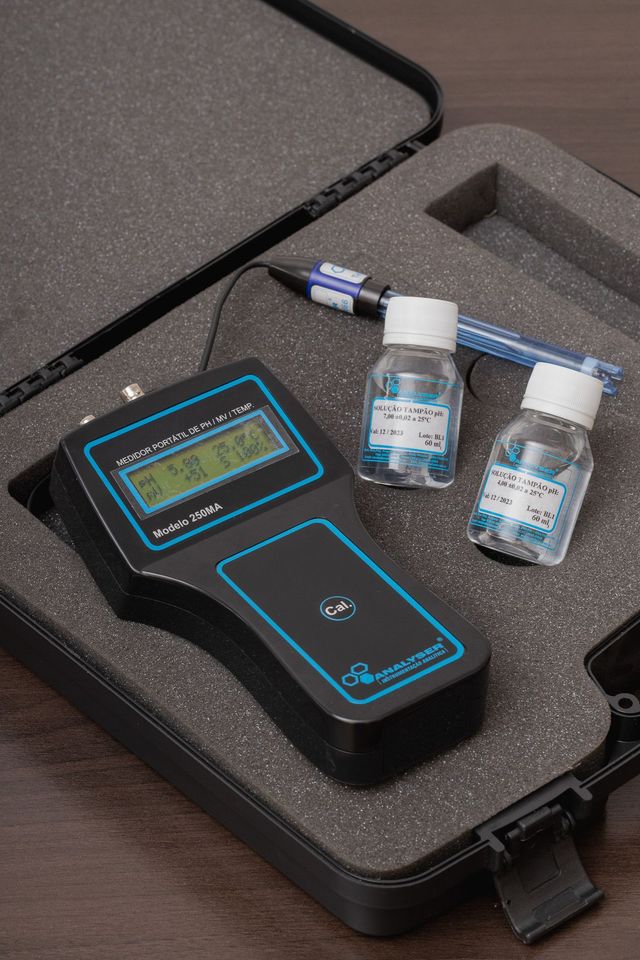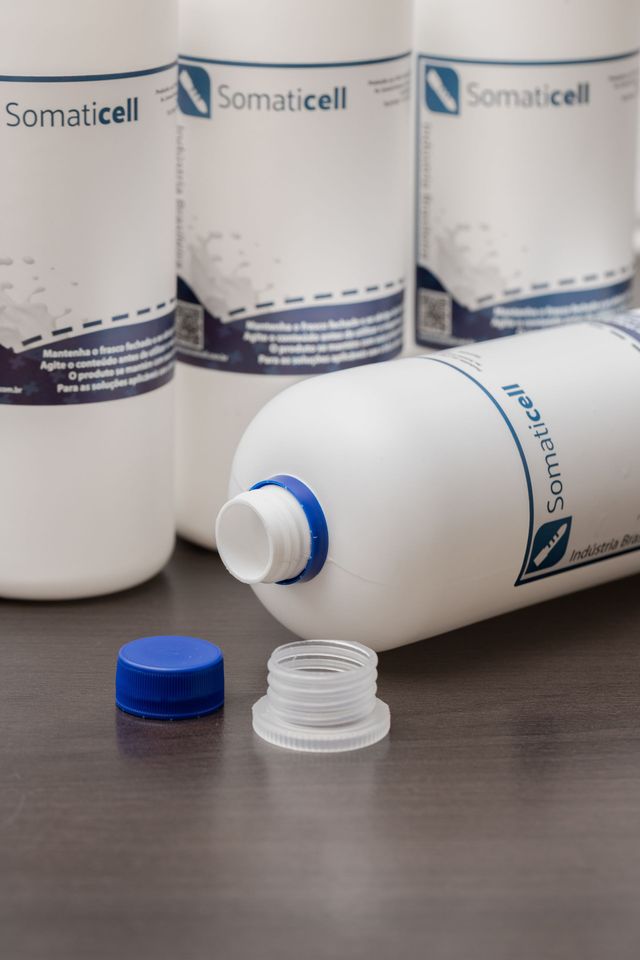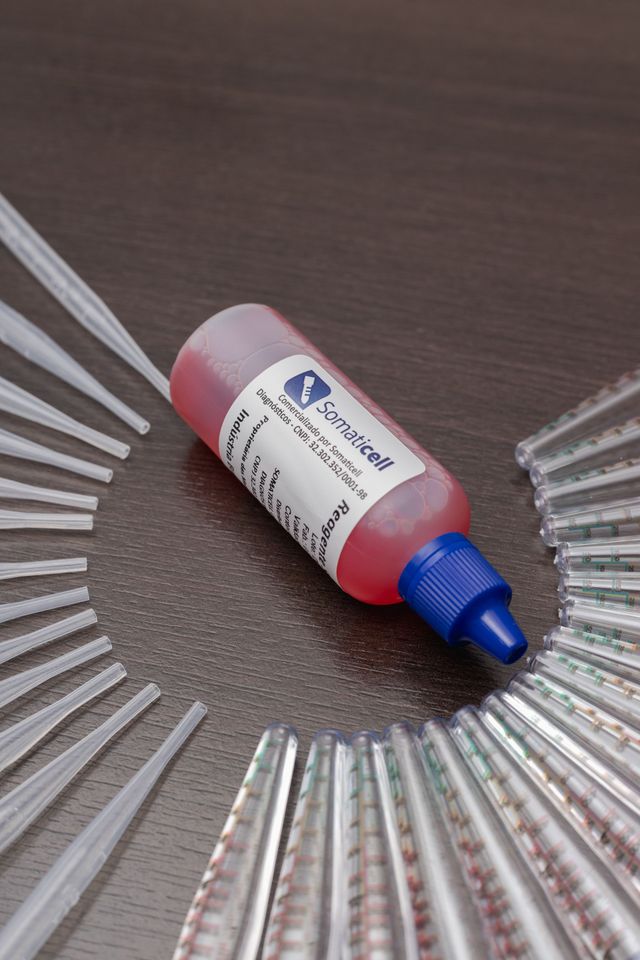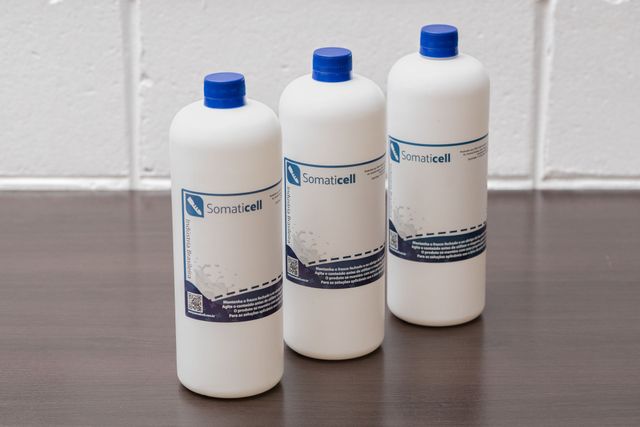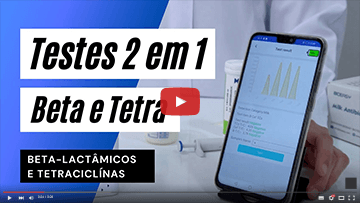Can cows become resistant to antibiotics?
The abusive and careless use of antibiotics is an aggravating factor of bacterial resistance.
Every day, the dairy community strives to do things responsibly; from taking care of the cows in the herd to making sure their milk is a safe and quality food for the consumer.
An important part of this process is ensuring that the milk that reaches the dairy and the consumer is free of antibiotic residues and other contaminants.
Às vezes é necessário que os produtores de leite trabalhem com veterinários para tratar suas vacas com antibióticos quando estão doentes, assim como às vezes precisamos de medicação quando estamos doentes. No entanto, existem rigorosos padrões e protocolos governamentais que garantem que não haverá resíduos de antibióticos no leite que você compra na loja.
In addition, there is a very recurring concern among milk producers. They often find themselves asking the following question: Do the bacteria that cause mastitis become resistant to antibiotics?
Let's understand this question!
What are antibiotics?
In humans, antibiotics are used to fight bacterial infections such as tuberculosis, tetanus, gonorrhea and syphilis. In addition to diseases such as pneumonia, pharyngitis and laryngitis when caused by bacteria.
Antibiotics have been used in humans and animals for a long time. Its use significantly improved overall growth, performance, productivity and reduced the chances of diseases and health related events in animals.
Thus, its use in animals has given us good quality, safe and low cost nutritious animal products. Like milk and meat.
Although they are very effective in fighting these infections, antibiotics have no effect on illnesses caused by viruses or fungi. That is why there is no point in using antibiotics for colds and flu.
How antibiotics work
The first antibiotic – penicillin – was discovered by chance by the bacteriologist Alexander Fleming in 1928. And it was from it that other drugs were developed to fight bacterial infections. Although their purpose is the same, antibiotics can act in different ways, for example:
- Causing damage to the cell wall: bacteria are microorganisms made by only one cell and rely on the cell wall as a protective barrier. Penicillin works precisely by preventing the formation of this structure when the bacteria is multiplying, which leads to its destruction;
- Causing damage to the cell membrane: this is another protective structure, which can be broken by the action of some antimicrobials;
- Inhibiting protein synthesis: other antibiotics act on ribosomes, organelles responsible for protein production, which prevents the survival of bacteria;
- Interfering with the genetic material: the medicine acts on enzymes responsible for the formation of the chromosomes of these microorganisms, impairing their multiplication;
- Blocking the production of folic acid: bacteria need folic acid for their survival and some antibiotics work precisely by blocking the synthesis of this substance.
As bacteria are very different from each other, not all species are vulnerable to the same antibiotic. This is natural bacterial resistance, a characteristic of all microorganisms belonging to that species in question.
The biggest problem, however, arises when the bacteria “learns” not to be affected by the drug – the so-called acquired bacterial resistance.
How bacteria become resistant to antibiotics
Bacteria have an incredible ability to adapt to the environment and are very prone to developing genetic mutations. Therefore, when exposed to antibiotics indiscriminately, these microorganisms find ways to defend themselves against the effect of this medicine.
Thus, some bacteria become able to expel the antibiotic molecules from inside your body. Others modify the structure where the medicine made its chemical connection to cause its effect. And a third group starts to produce enzymes that destroy the medicine even before there is contact.
Bacterial resistance happens, therefore, when a microorganism that causes an infection stops responding to a treatment that previously worked. And this is a terrible threat to all of humanity.
Genetic transmission of resistance
To make matters worse, the bacteria manage to transmit these genetic mutations to their others, giving rise to an entire resistant lineage. In addition, there may be transmission of resistance genes between these microorganisms, including between bacteria of different species.
As these mechanisms were discovered, more potent antibiotics or drug combinations capable of circumventing them were also developed. However, we won't be able to rely on this feature forever for two main reasons.
The first is that the new antibiotics can have very toxic side effects, as they are also more aggressive for the beneficial bacteria that inhabit our bodies and offer natural protection against disease-causing microorganisms.
The second reason is that the adaptability of bacteria is so great that, over time, they develop resistance mechanisms even against last-generation antibiotics. Known as superbugs, these microorganisms reduce the therapeutic possibilities, generating longer, more expensive and less efficient treatments.
Cows become resistant to antibiotics: how to combat this serious threat?
O uso indiscriminado de antibióticos na criação animal e as infecções hospitalares são fatores que contribuem para o aumento da resistência bacteriana, e talvez você não possa fazer muita coisa em relação a isso. Porém, o que está ao alcance de todos é primar pelo uso correto desses medicamentos.
Any antibiotic treatment is a factor that increases the risk of this threat, so they should be used only when there is a proven need.
Stopping treatment is also a problem, as this practice can lead to a “natural selection” of bacteria: those that are weaker will have been destroyed, but there will still be stronger ones – which still need to be exposed to the antibiotic for longer some time before they are eliminated.
With the decrease in the total population of microorganisms at the site of infection, the survivors have more resources and space to multiply, transmitting this characteristic of resistance to their descendants. In this way, the patient can have the symptoms again, in a situation that is even more difficult to treat.
Now that you know why bacteria become resistant to antibiotics, it becomes easier to understand the concerns about antibiotic use in dairy cows.
Why do we use antibiotics in dairy cows? And why do cows become resistant to antibiotics?
As vacas leiteiras experimentam, portanto, uma série de doenças infecciosas onde os antibióticos literalmente desempenham um papel importante para evitar que as vacas leiteiras desenvolvam mais complicações. Por exemplo, mastite (inflamação do úbere) e outras doenças infecciosas reprodutivas e do sistema requerem antibióticos.
A mastite bovina, em especial, é uma doença importante na bovinocultura de leite, devido à sua alta incidência e perdas econômicas associadas principalmente com a produção de leite reduzida e aos custos do tratamento.
Dairy cows at any stage can get infected with any bacterial infection such as conjunctivitis, any type of wound, skin infections and more. And in those cases, they need antibiotic treatment to get back to their normal life.
The use of antimicrobials for the treatment of clinical cases and in the dry period, on the other hand, has raised concerns regarding the selection of resistant bacterial strains.
This may also reflect on public health, as resistant bacteria such as methicillin-resistant Staphylococcus aureus (MRSA) can be transmitted to humans through direct contact with infected animals or dairy products.
However, as a rule, the resistance of bacteria to antimicrobial agents increases due to the misuse of antibiotics and ineffective treatments.
Cows become resistant to antibiotics due to misuse
The careless use of antimicrobials has been identified as an aggravating factor in antibiotic resistance. Bacterial resistance to antimicrobials is a natural phenomenon, but the indiscriminate use of these drugs causes an acceleration in the emergence of resistant strains.
According to the World Health Organization (WHO), by 2050, resistance will cause 10 million human deaths annually and is considered one of the ten biggest global public health problems.
Thinking about animal production, infections by resistant microorganisms have a lower chance of being cured, which leads to greater losses for the producer. In addition, according to the One Health concept, human, animal and environmental health are interconnected, so the development of resistant strains in animal production can pose a risk to human health.
Therefore, the World Organization for Animal Health (OIE) recommends the prudent and responsible use of antimicrobial active ingredients to ensure they remain effective. In addition, he points out that, to combat this issue, action is needed between the human, animal and environmental sectors.
Problems in the application
Antibiotics are applied to dairy cows in different ways, including injection, oral, mixing in feed/water, etc. One cannot ignore the importance of antibiotics to treat many deadly infections in dairy cows.
But its excessive or underuse also creates a series of problems for humans and animals. Due to its improper use, bacteria create resistance. This antibiotic resistance is becoming a concern for humans and animals, and it is becoming a challenge for veterinarians and farmers to cure bacterial infections.
Antibiotics should only be used under veterinary supervision. A veterinarian will make a diagnosis and suggest the preferable antibiotic at an appropriate dose.
It is also important to read all the instructions written on the label carefully. Special care must be taken during the withdrawal period, considering the minimum time between administration of the last dose of antibiotic and milk production.
So what to do? Should the producer stop using antibiotics?
The use of antibiotics in food producing animals has resulted in healthier and more productive animals; lower incidence of disease and reduced morbidity and mortality in humans and animals; and producing abundant amounts of nutritious, high-quality, low-cost food for human consumption.
Despite these benefits, there is considerable concern from public health, food safety, and regulatory perspectives about the use of antimicrobials in food-producing animals.
In the last two decades, the development of antimicrobial resistance resulting from the agricultural use of antibiotics that could impact the treatment of diseases that affect the human population that require antibiotic intervention has become a significant concern for global public health.
It is clear that the use of antibiotics in adult dairy cows and other food-producing animals contributes to increased antimicrobial resistance, but while this occurs, the advantages of using antibiotics in adult dairy cows far outweigh the disadvantages when used correctly.
After all, what would happen if antibiotics were banned from use in the dairy industry and other food-producing animals? The implications of this issue are far-reaching and include aspects such as animal welfare, health, impacts on food quantity, quality and food costs, among others.
In animal production, it is necessary to raise awareness about the use of antibiotics, focusing on rational use. That is, only when necessary, using the active ingredient that best suits each situation, with the correct dose and frequency. As already mentioned, unnecessary or non-judicious exposure of microorganisms to antimicrobial agents encourages the emergence of resistant bacteria.
Our solutions include in their services a work plan to identify efficient tests of antibiotic residues in milk and cutting-edge methodology.
Está na hora de tomar a melhor decisão para o seu negócio. Isto é, evitar os desperdícios, aumentar a segurança dos produtos e obter melhoras nos resultados para a empresa. Se quiser saber mais informações sobre nossos serviços e
soluções, entre em
Contact com a gente agora mesmo!

Conheça nosso App
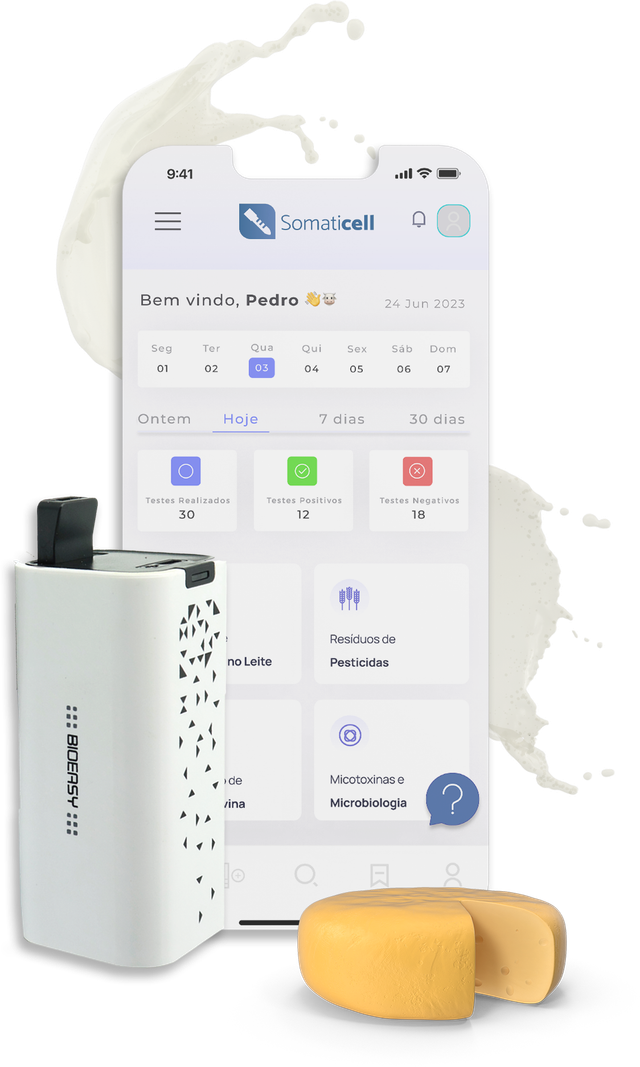
Our Educational Videos
Somaticell on Social Networks


